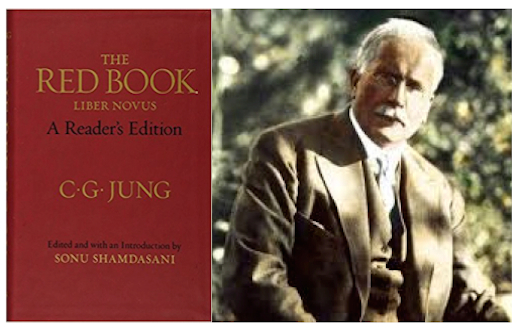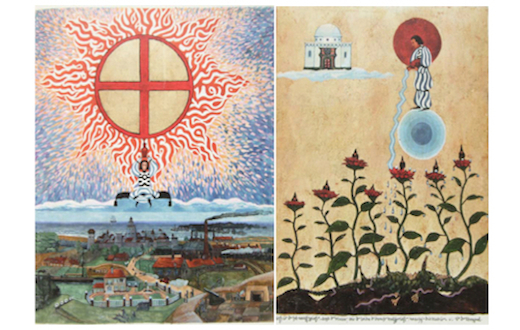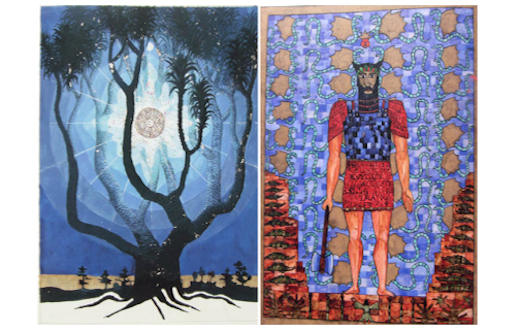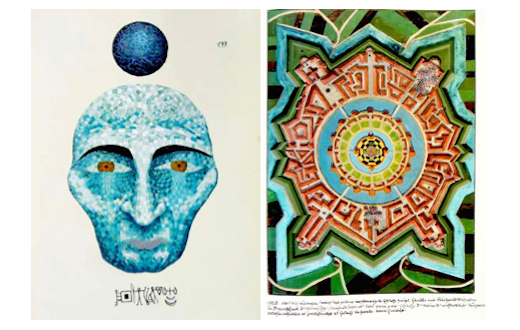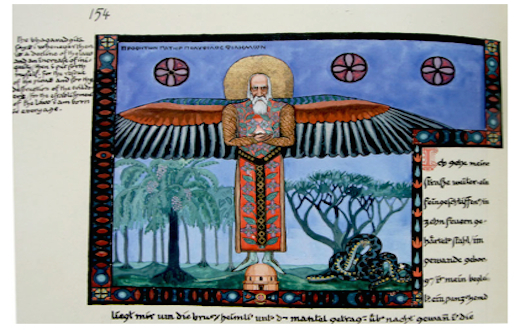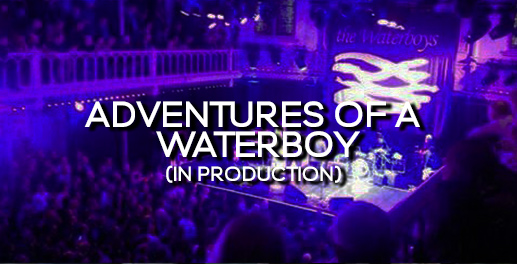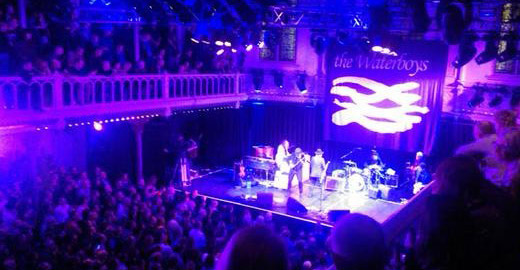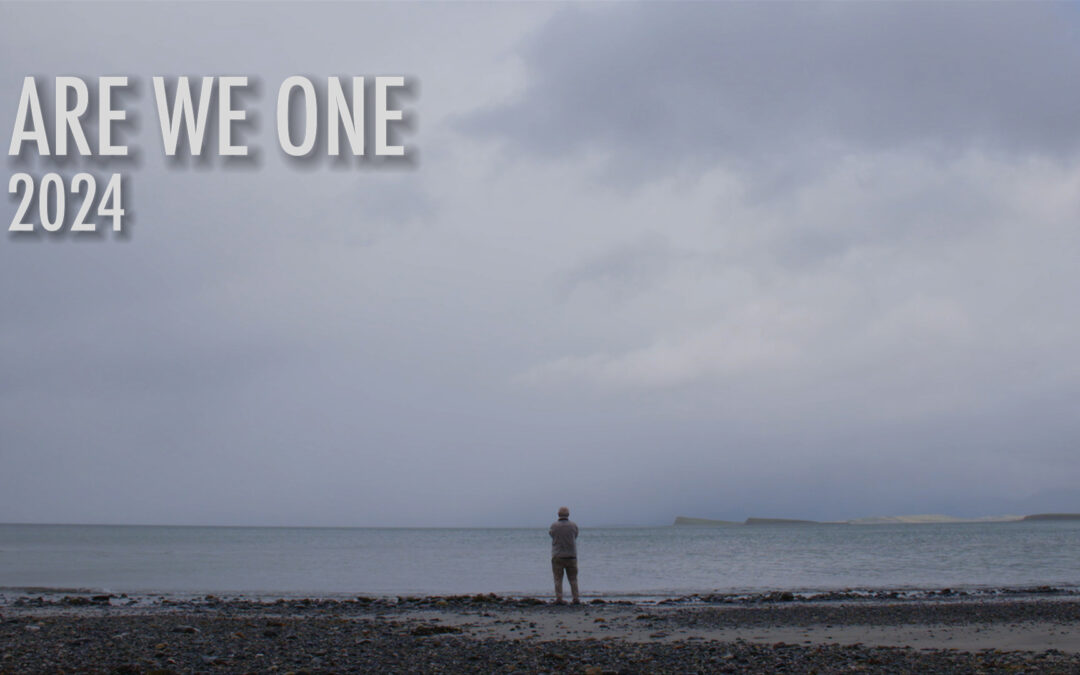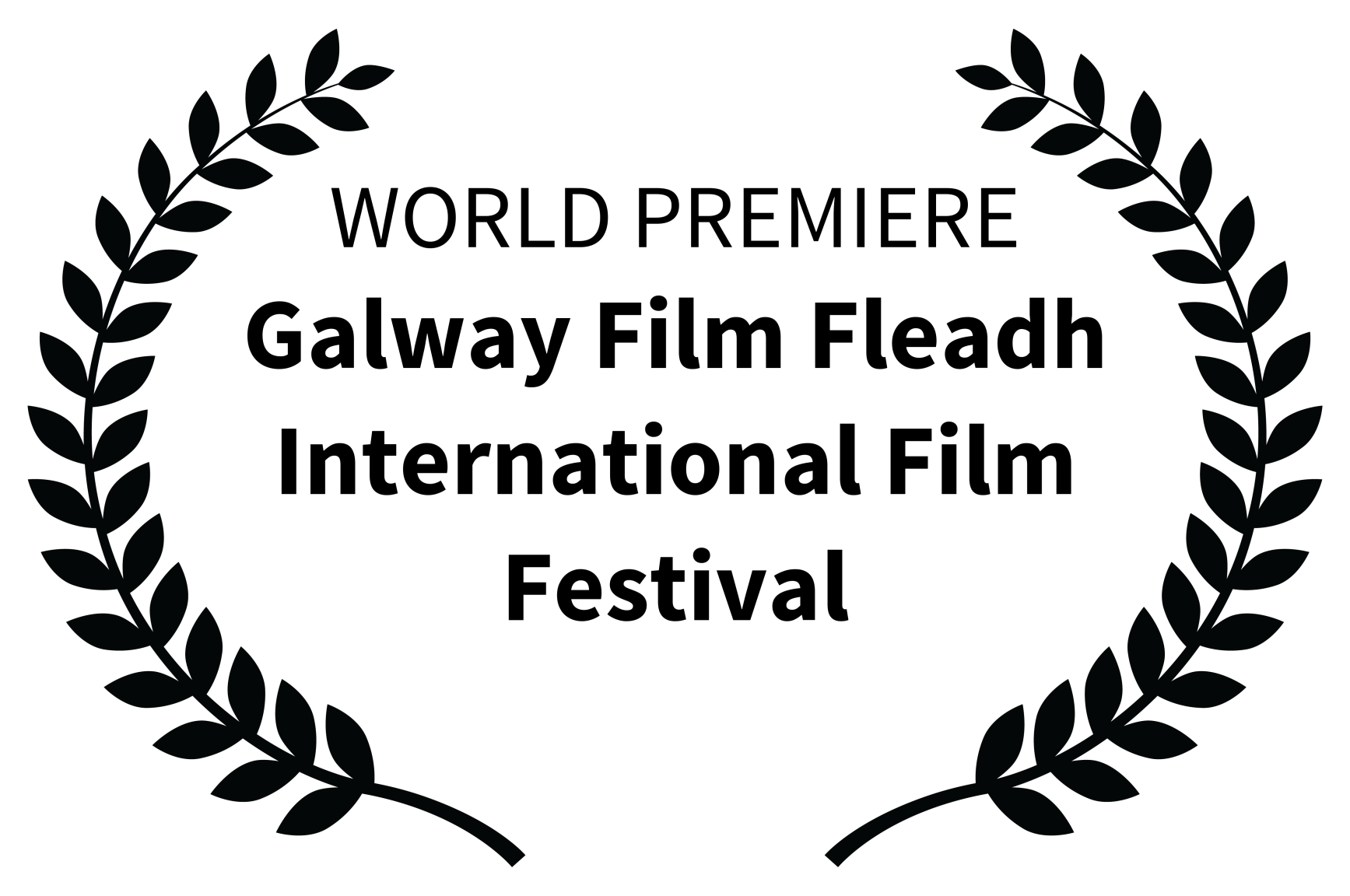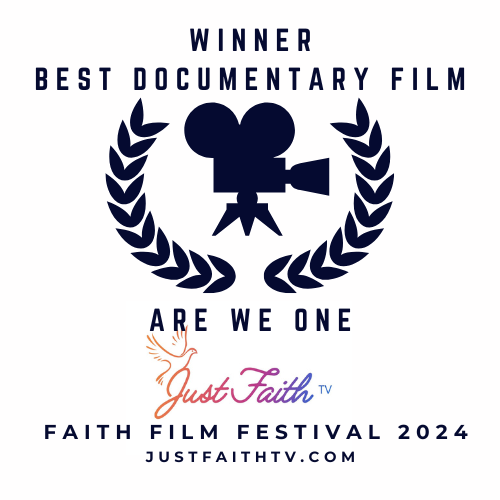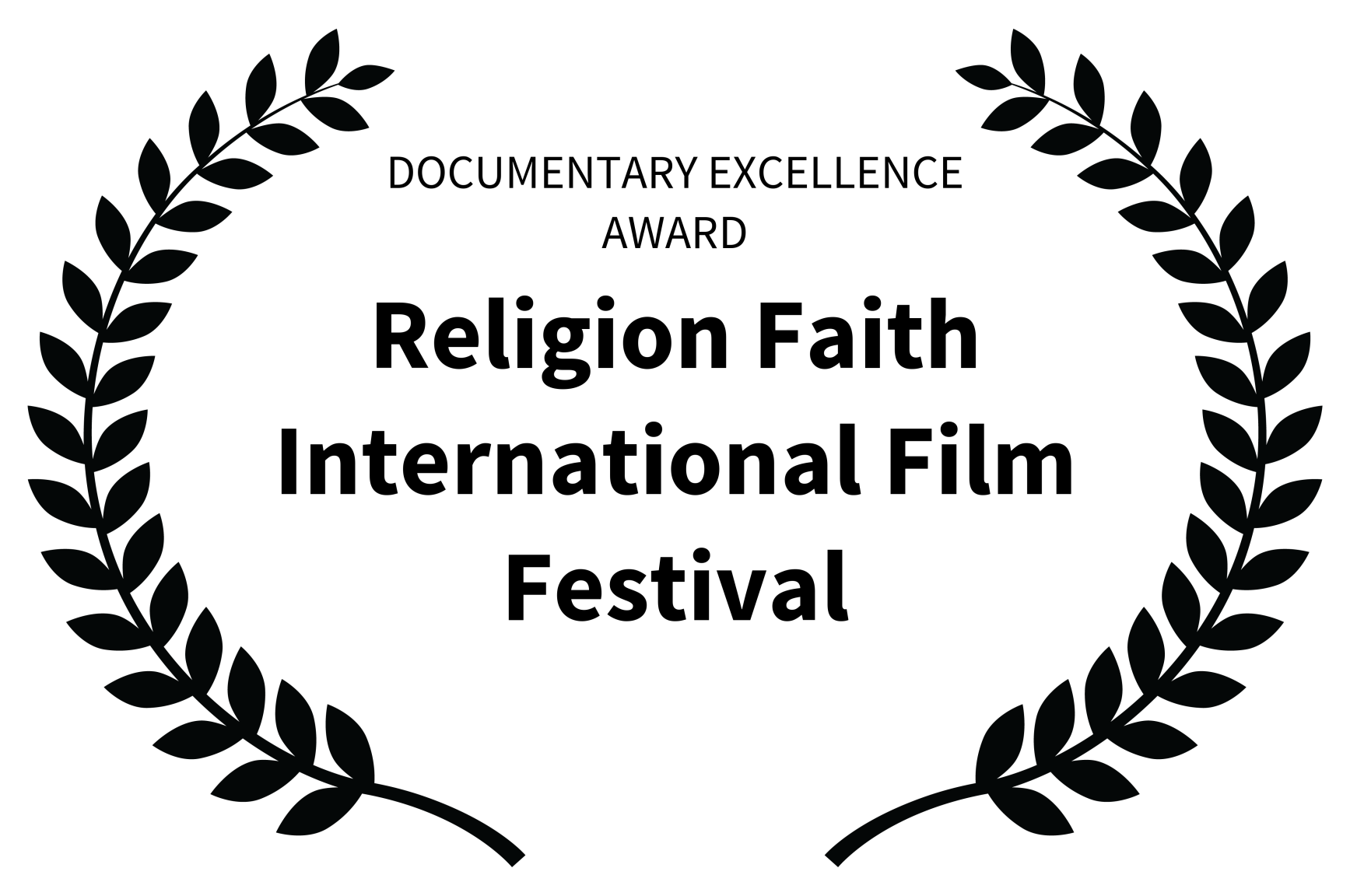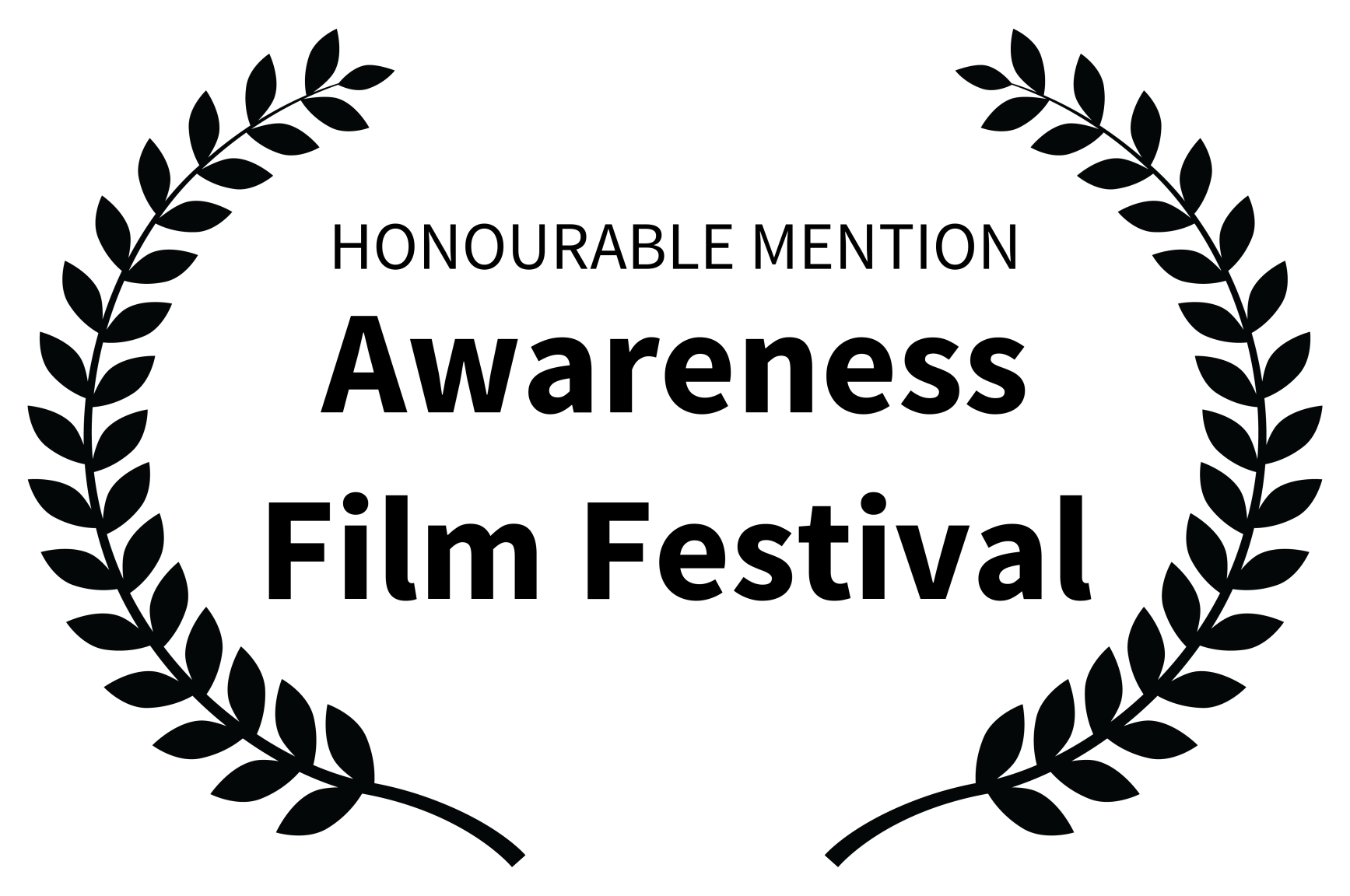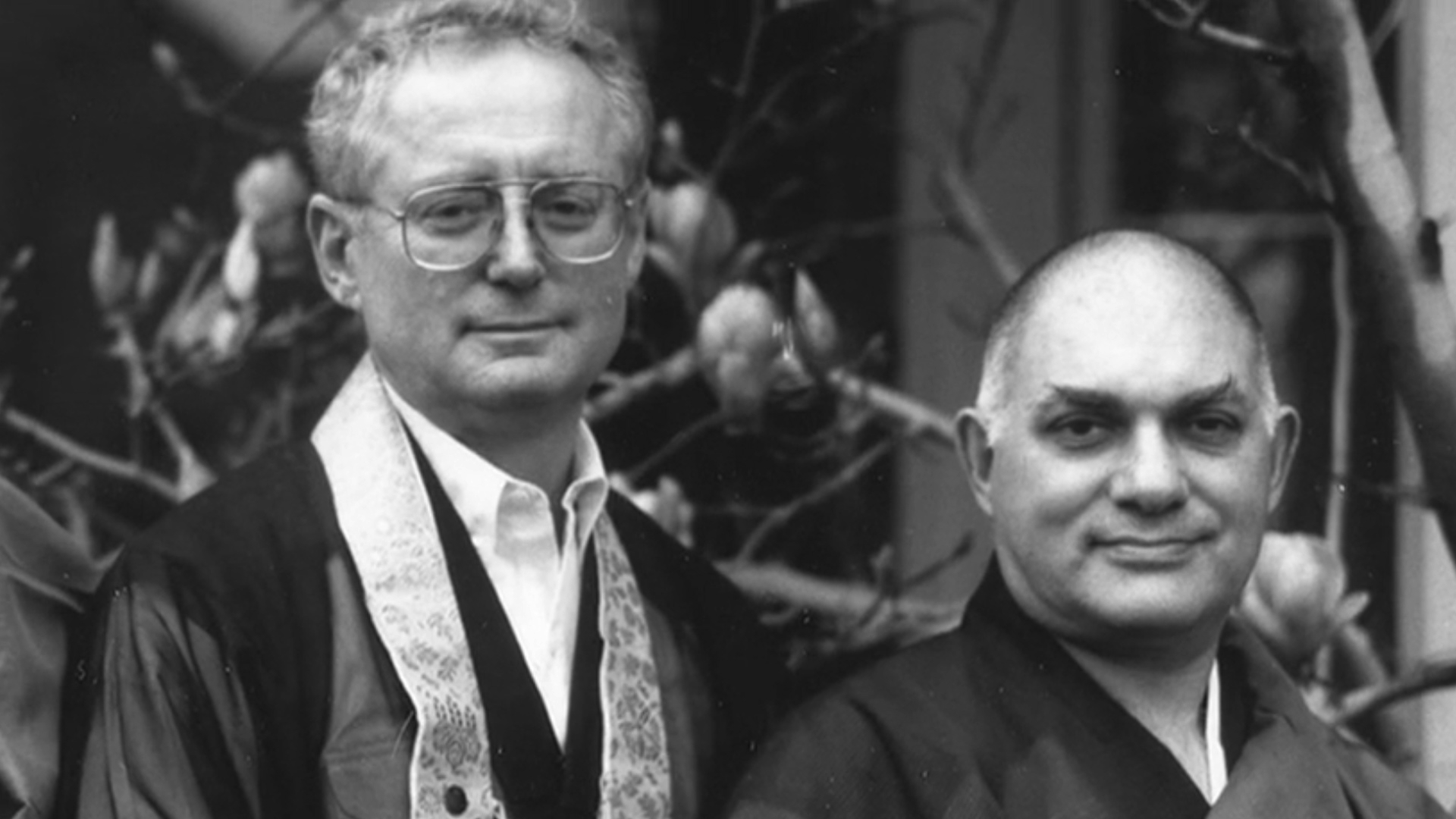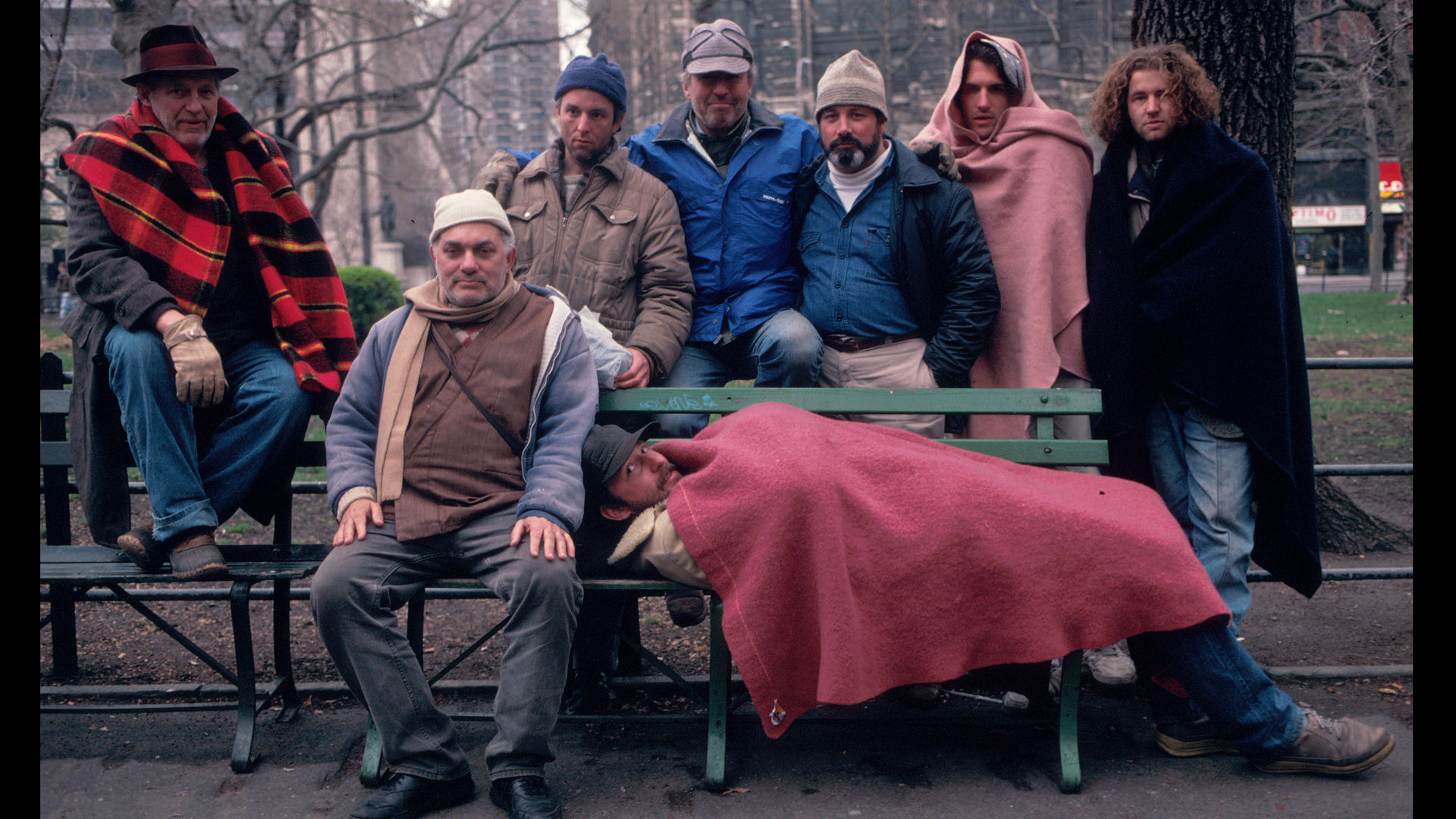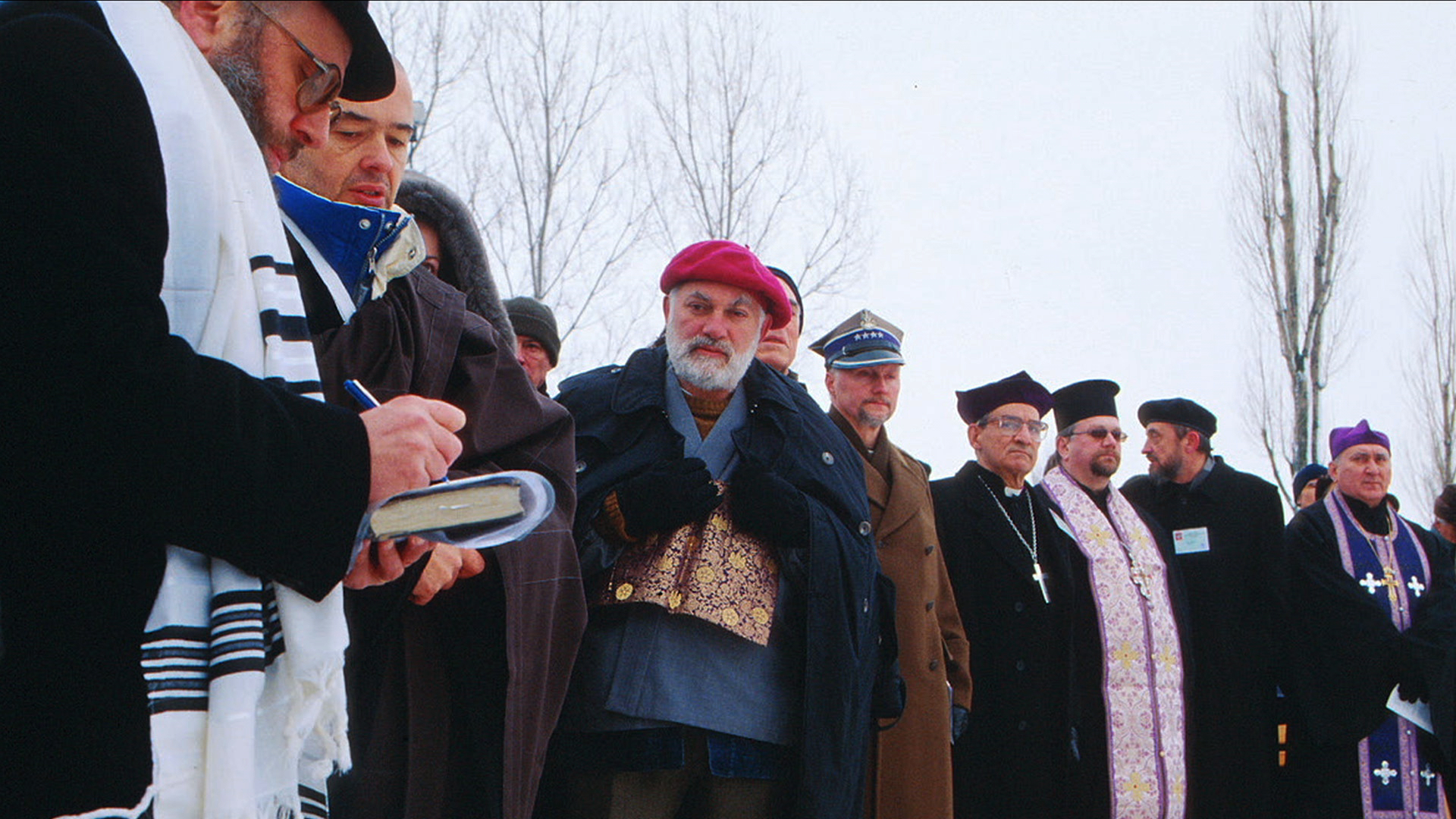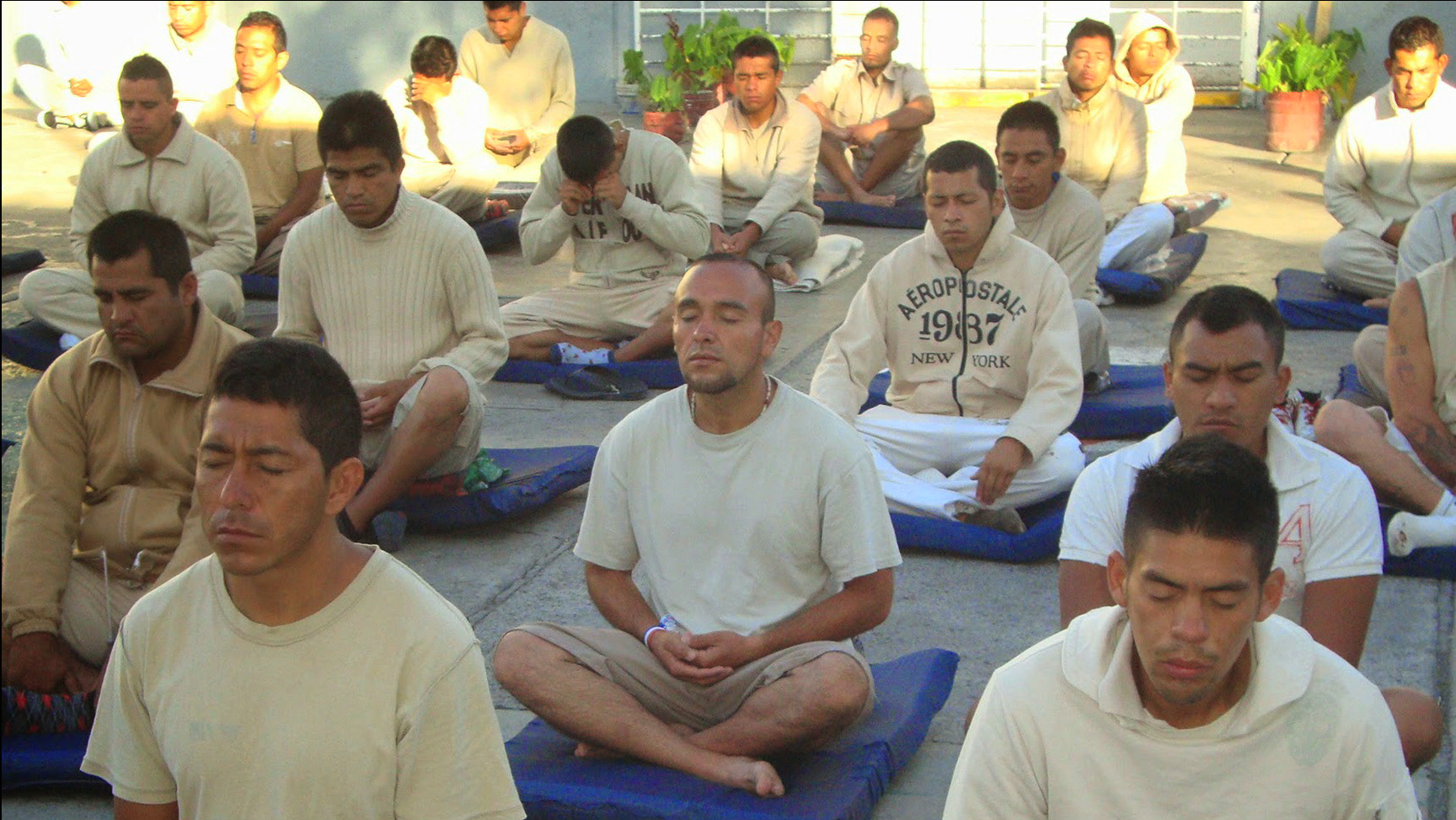
The Gift
The Gift
In Production
THE GIFT is a new documentary capturing the work of three extraordinary Irish women Zen meditation teachers.
With echoes of history, culture and equality THE GIFT will offer its own unique perspective on the profound shifts taking place in the cultural and spiritual landscape – both in Ireland and internationally – in these groundbreaking and pivotal times.
This new documentary is a sister-documentary to our recently released award-winning documentary ARE WE ONE.
_______________________
WAYS TO SUPPORT COMPLETION OF THIS NEW DOCUMENTARY:
This new documentary film is 75% complete.
And in order to complete the project to the same professional level as previous award-winning Anú Pictures documentaries we are currently fundraising to raise the remaining 25% (€40,000).
If you would consider supporting our work we would be deeply deeply grateful.
_______________________
THE GIFT Possible Support Opportunities Include:
Individual Supporters – At any level, see below
Angel Supporter – €500
Associate Producer Level – €1,000
Co-Producer Level – €5,000
Executive Producer Level – €10,000
There are rewards and credits associated with each opportunity, and support levels over €500 are eligible for reoupable investment opportunities and tax relief.
In addition there is a special opportunity to support the commissioning of an original Irish score for the film by and Irish composer.
Individual Supporters are welcome at any level and you can make a contribution directly today via this PAYPAL link.
Alternatively, cheques made out to Anú Pictures can be posted/mailed to Anú Pictures, Questum, Cluain Meala, Co. Thiobraid Árann, E91V329, Éire/Ireland.
_______________________
Feel free to contact Director Dónal Ó Céilleachair directly – via the email below – with any questions and/or to request further information about these.
Progress of this campaign is being updated weekly via a secure online spreadsheet. To view progress, please send a request via the email link below.
Le míle míle míle buíochas as ucht do chuid tacaíocht /
With a thousand thanks for your support.
Director Dónal Ó Céilleachair
_______________________
hello (at) anupictures.com
Please note that this email does not have an automatic hyperlink.
Please type it manually into your email using @ instead of (at).
This is to foil the online SPAM bots!

OVERVIEW
Under a sprawling walnut tree in the walled garden of the Dominican Retreat Centre in Tallaght, Dublin on a sunny afternoon in July 2023, a significant historical event in Irish spirituality took place that you will not have read about in the mainstream media.
Mary McGrane – a native of County Cavan, a Catholic, a retired civil servant, a mother and a grandmother – became the first Irish Zen lay teacher to be trained and installed by an Irish teacher on the island of Ireland. Mary’s installation as a Zen teacher is deeply connected to the parallel journeys of her two teachers and their meditation communities including:
Miriam Healy, a Catholic, a prison chaplain at Wheatfield Prison and a Roshi (Zen master) leading meditation groups in prison and in Tallaght.
And Mary Laheen, a Zen lay teacher, leading meditation groups in Dublin’s north inner city and in natural settings around the country.
Their lives, and their life’s work, offer unique perspectives on the profound shifts taking place in the cultural and spiritual landscape – both in Ireland and internationally – in these groundbreaking and pivotal times.
INTERNATIONAL HISTORICAL, CULTURAL & GENDER EQUALITY DIMENSIONS OF THIS DOCUMENTARY
The profound changes taking place in Ireland’s cultural and spiritual landscape are not taking place in a vacuum. They are deeply interconnected with historical, cultural and gender equality shifts taking place internationally.
The patriarchal nature of Japanese Zen in its native country, and spirituality in general including within Catholicism, has increasingly become a point of focus for campaigns for gender equality.
It has only been with the coming of Zen to the West – and in particular with its connection to the progressive countercultural movement in the US of the 1960’s – that we have come to see the first generation of international women teachers in Zen, and in Buddhism in general, over the past 2 generations with iconic teachers such Pema Chodron, Sharon Salzberg, Roshi Joan Halifax, Roshi Pat O’Hara and Roshi Linda Lehrhaupt.
In this way our documentary is perfectly timed to capture a significant historical turning point and will be of enormous value for current, and future, generations. Therefore setting this story within the wider international gender equality context will be central in placing it within its wider historical and cultural context.
An Anú Pictures Production.
Arna Mhaoiniú ag Údarás Craolacháin na hÉireann leis an Táille Ceadúnais Teilifíse /
Funded By The Broadcasting Authority of Ireland With The Television Licence Fee
In Association With DCTV



